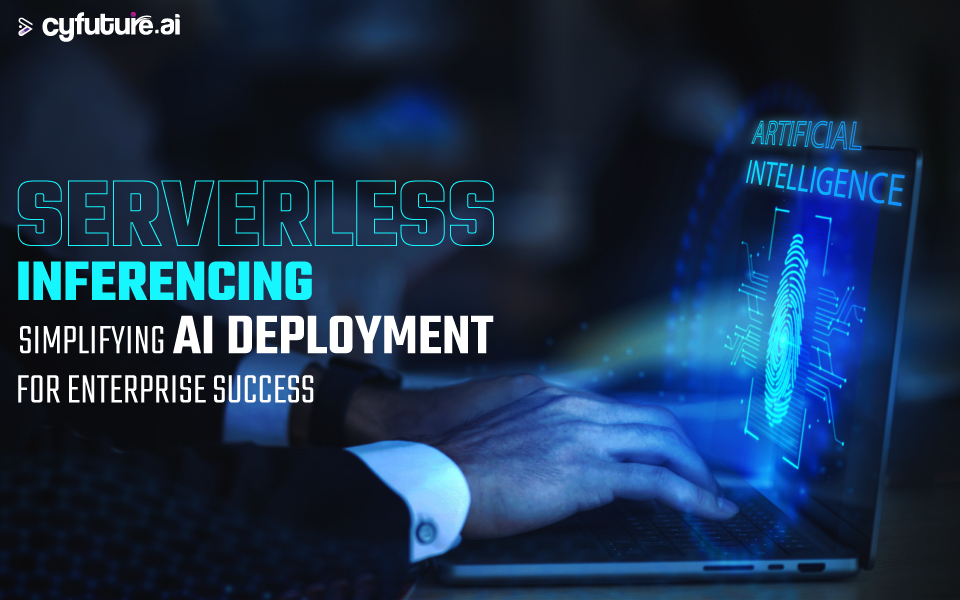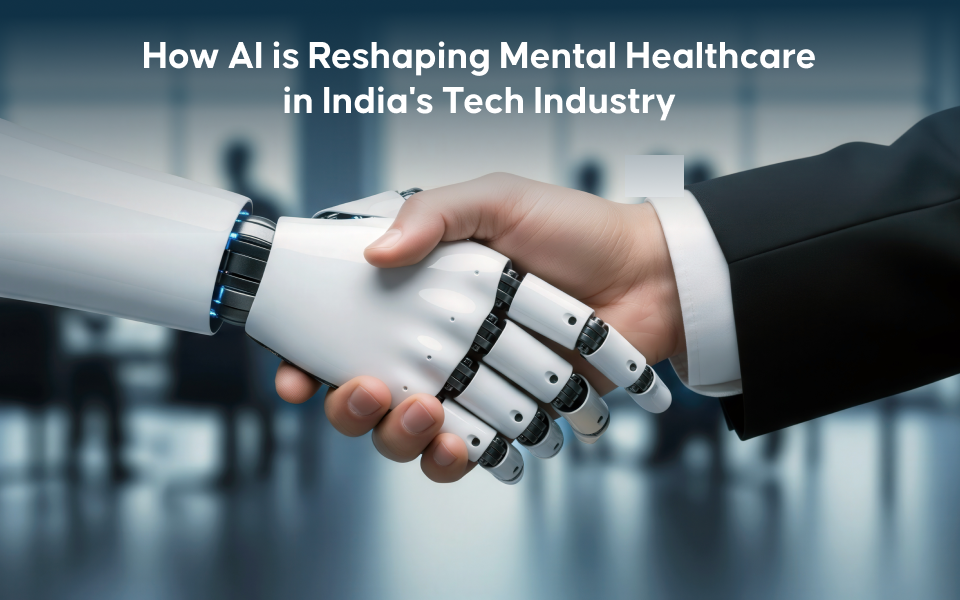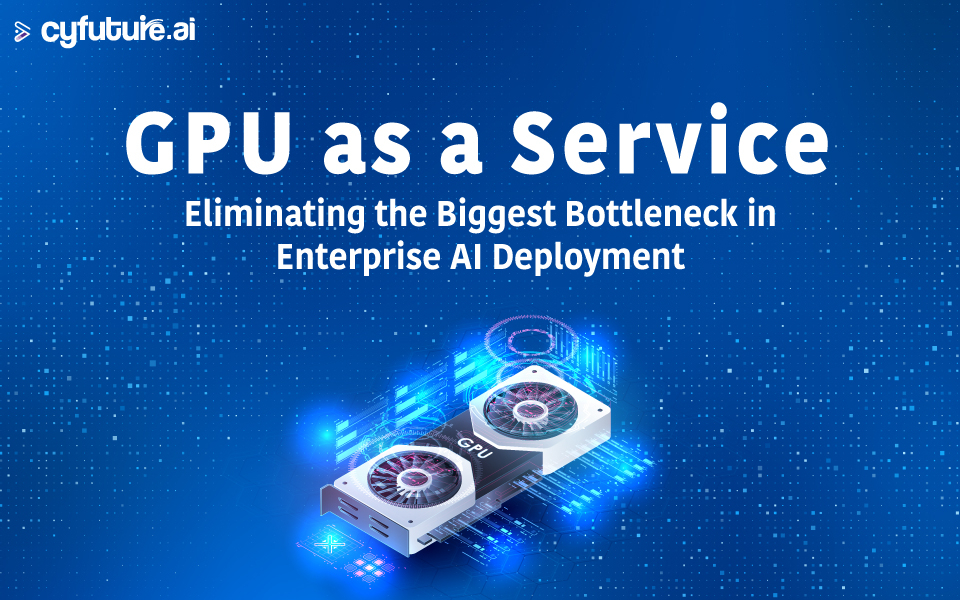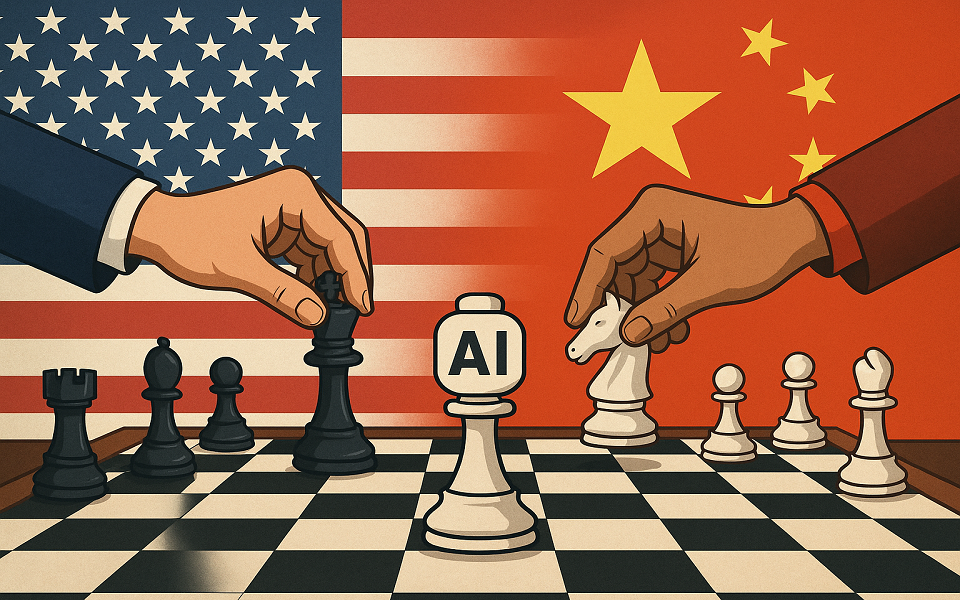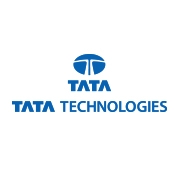The surge of AI is more than a technological shift – it's a transformational force impacting markets, industries, and investment strategies across the globe. Over the past few years, AI has risen from being a niche technology to a centerpiece of innovation. With its far-reaching potential, AI is reshaping industries from semiconductors to software, power, and energy. However, this transformation is still in its early stages, and its long-term impact remains to be fully realized. To answer some critical questions on AI investments and outlook, we turn to three of the world’s largest asset management firms – Blackrock, J.P. Morgan, and Vanguard – whose extensive insights into AI investment trends provide a compelling foundation for understanding the broader picture.
BlackRock’s Perspective: AI's Role in the Technology Stack is Expanding
BlackRock highlights how AI has evolved from being a background technology to becoming central to the development of numerous industries. Particularly in Silicon Valley, AI now stands at the forefront of technology development, redefining everything from software and semiconductor products to energy systems. This shift in focus is reflected in BlackRock’s analysis of the evolving AI technology stack, which they describe as being composed of three distinct layers:
- Infrastructure: The base of the AI stack, consisting of hardware components like chips and cloud infrastructure. The majority of current AI investments, especially in 2023 and 2024, have been concentrated in this foundational layer.
- Intelligence: The middle layer, which includes the data and AI models that are being developed. This area is growing rapidly in sophistication and complexity.
- Applications: The top layer, which comprises AI-driven software services and solutions. Although this layer has yet to see significant investment, it is expected to become a crucial area in the future.
According to BlackRock, most AI investments thus far have been concentrated on infrastructure, but intelligence and application layers are projected to offer enormous potential in the years ahead. As AI technology matures, it will first have a visible impact on the consumer market – transforming how we search the web, interact on social media, and shop online through AI-powered personal assistants. From there, AI adoption will extend into corporations and eventually into physical industries such as automobiles, aircraft, and even military applications.
In terms of investment, U.S. tech giants (often referred to as hyperscalers) are expected to significantly boost capital expenditures on AI infrastructure in 2024, with projected spending over $200 billion, a 50% increase from 2023. While there are concerns about short-term ROI, BlackRock firmly believes that the long-term potential is often underestimated. The debate between short-term versus long-term AI investment returns is critical. BlackRock’s outlook emphasizes the importance of balancing immediate expectations with an understanding of AI’s vast long-term potential.
J.P. Morgan’s Perspective: There Has to be a Global and Balanced Approach to AI Investment
J.P. Morgan views AI as one of the most revolutionary technological advancements of our time, representing a multi-year growth opportunity that has only begun to impact corporate profits. Despite comparisons to the dot-com bubble of 2000, J.P. Morgan believes that the fundamentals of AI growth are more stable today. For example, leading AI companies in 2023 have much lower forward price-to-earnings (P/E) ratios (34x) compared to their dot-com counterparts in 2000 (59x). Additionally, growth expectations are higher today, with earnings-per-share growth of 42% expected, compared to just 30% in 2000.
J.P. Morgan segments the AI landscape into two phases:
- AI 1.0 (Infrastructure): This phase involves investment in the hardware and cloud infrastructure needed to support AI. As AI adoption grows, the demand for scalable and powerful infrastructure is increasing rapidly. Major cloud providers such as Amazon, Microsoft, Alphabet, and Meta are heavily investing in data centers and energy-efficient solutions to keep pace with AI demands. Moreover, Nvidia has projected that demand for its GPUs – crucial for AI workloads – could reach $2 trillion, split between data centers and AI-related activities like training large language models (LLMs).
- AI 2.0 (Adopters): This phase focuses on the industries adopting AI to transform their operations. Sectors like healthcare, customer service, finance, and logistics are at the forefront of AI adoption. J.P. Morgan cites the example of Klarna, a fintech company that implemented an AI assistant, which within the first month handled the workload equivalent to 700 full-time agents.
J.P. Morgan recommends a balanced investment strategy that captures opportunities in both AI infrastructure (AI 1.0) and the industries adopting AI (AI 2.0). The firm also emphasizes the importance of taking a global view, as the AI revolution is not limited to the U.S. China, for instance, has emerged as a close rival, with Baidu’s generative AI chatbot surpassing 100 million users in 2023. India, a data-rich country with widespread mobile device usage, is also seen as offering strong long-term potential for AI investment. Furthermore, South Korea, Japan, Singapore, and leading European nations – such as Germany, France, and the Netherlands – are positioned to benefit from AI advancements in industries like manufacturing, aerospace, and logistics.
Vanguard’s Perspective: There is a Need for a Cautious Approach Amid Long-Term Potential
While BlackRock and J.P. Morgan take a largely optimistic view of AI’s growth trajectory, Vanguard presents a more measured outlook. The firm acknowledges that AI holds substantial long-term promise, but they caution that these benefits will take years to materialize. Vanguard does not expect AI to drive immediate economic growth, especially as a slowdown in the U.S. economy looms.
Vanguard projects U.S. AI investments to range from $76 billion to $129 billion in 2024, potentially reaching $248 billion by 2025. However, this is far below the $1 trillion that some have predicted, which would require an improbable 286% growth over the next few years. The firm also warns that U.S. stocks, particularly growth stocks, are currently overvalued by about 32%, according to cyclically adjusted price-to-earnings (CAPE) ratios. Vanguard argues that even with the rise of AI, corporate earnings would need to grow by 40% annually over the next three years to correct this overvaluation – an unrealistic expectation given the current economic environment. Vanguard’s forecast for U.S. economic growth in 2025 is modest, between 1% and 1.5%, down from the 2% expected in 2024. This does not align with the high earnings growth needed to offset stock market overvaluation.
On the productivity front, Vanguard’s research suggests there is a 45%–55% chance that AI could significantly boost U.S. labor productivity, leading to real ((inflation-adjusted) annual economic growth of about 3.1% between 2028 and 2040. However, the firm also warns of a meaningful risk (30%–40%) that AI’s benefits will be more modest, potentially limiting long-term growth to around 1% annually.
Given these uncertainties, Vanguard advises investors to remain cautious and prioritize diversification. While AI’s long-term potential is undeniable, the firm emphasizes that a well-diversified portfolio tailored to each investor’s risk tolerance is crucial in navigating the near-term challenges and market fluctuations.
Analyst’s Perspective
What is most evident across BlackRock, J.P. Morgan, and Vanguard's perspectives is the common emphasis on AI’s transformational capacity in the long run. The substantial investments in AI infrastructure, the reshaping of the technology stack, and the growing sophistication of AI applications mean that we are on the verge of a technological shift similar to previous industrial revolutions. But, this time, beyond just the technology, it is also important to acknowledge the geopolitical, economic, and societal forces at play.
Consider the geopolitical implications that J.P. Morgan highlights. These are not isolated facts; they form part of a larger global realignment. The competition for AI dominance isn't just about who has the best infrastructure or the most innovative applications – it's about which nations can harness AI to bolster their strategic industries, secure national interests, and manage the socio-economic impacts of automation. The U.S. restricting AI chip sales to China, for instance, is just the tip of the iceberg. We are entering an era where AI will redefine national security, and countries will jockey for both technological and regulatory leadership. Governments and corporations will have to walk a fine line between collaboration and competition, between regulation and innovation.
Furthermore, the undercurrent of economic caution that Vanguard emphasizes – the possibility of inflated stock valuations and the slow realization of AI’s economic impact – speaks to a more fundamental issue, which is the disconnect between the rapid pace of technological advancements and the relatively slow adaptation of economic and regulatory systems. AI may significantly boost labor productivity in the future, but this will require extensive re-skilling of the global workforce, a reimagining of labor markets, and social safety nets to manage the dislocation caused by automation.
When we connect the dots between these different perspectives, a few key trends become clear:
- Infrastructure investments, while crucial, will only be the starting point. The real value will emerge from the intelligent integration of AI across industries, beyond consumer applications and into corporate, industrial, and physical markets.
- The global race for AI leadership will intensify, with governments playing a more active role in shaping the AI landscape – not just through investments, but also through regulation and policy decisions that will shape the trajectory of innovation.
- The broader economic impact of AI will take time to unfold. The long-term benefits are undeniable, but they will be accompanied by significant short-term challenges – overvalued stocks, cautious economic growth, and the gradual transformation of labor markets.
In the coming years, the strategic allocation of investments across AI infrastructure, intelligence, and applications will be pivotal. Countries that build robust ecosystems combining government support, private innovation, and regulatory foresight will emerge as leaders. For investors, the key will be to balance short-term caution with long-term optimism, recognizing that the real potential of AI lies not just in the technologies we see today, but in the ones we have yet to imagine.







